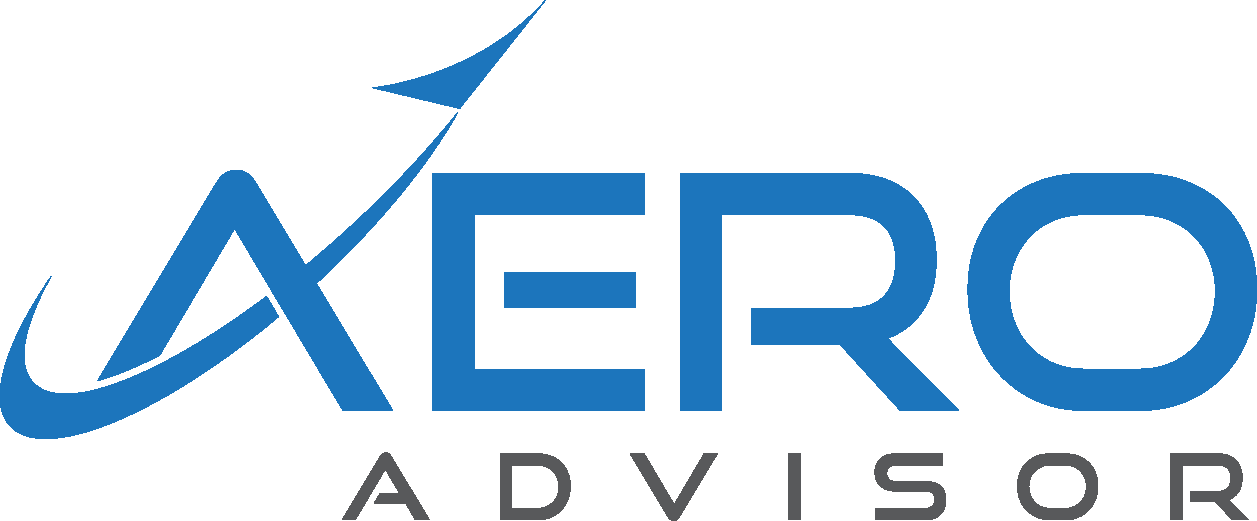Many workers have been dreaming of retirement since they first entered the workforce. However, once this retirement date draws near, the prospect of giving up your primary source of income may be nerve-wracking, even if you’ve diligently saved and planned. Below, we discuss a few steps you may wish to take to potentially make this transition easier.
Draft a Retirement Budget
Even if you haven’t adhered to a strict budget during your working years, having a budget during the early months of retirement may be crucial—spending more than you’ve planned or failing to anticipate certain large expenses may impact your future retirement income. The last thing you may want is to be forced to withdraw from your retirement accounts during a market dip.
Fortunately, many workers receive a slightly larger final paycheck, especially those who have built up significant vacation or PTO balances during their working years. This bonus may help make the adjustment to a W-2-free lifestyle a bit easier.
Review Your Healthcare Options
If you’re retiring after age 65, you may qualify for Medicare—government-sponsored healthcare coverage available to those who have paid FICA taxes during their working years.
If you’re retiring before age 65, you may be able to continue your employer’s medical coverage through COBRA for up to 18 months after retirement.1 But if you don’t like your current medical coverage or don’t want to pay the costs associated with COBRA, you may be able to purchase a Health Insurance Marketplace plan through your state’s ACA marketplace.
And if your spouse is still working after you retire and has access to health insurance through their employer, you may be able to be added to their policy. Retiring generally qualifies as the type of “life event” that allows your spouse to make changes to their policy outside the open enrollment period.
Decide What (if Anything) to Do with Your Retirement Accounts
One retirement decision you may not consider is whether to keep your employer-sponsored retirement accounts in place or roll them over into a self-directed account like an IRA. There are pros and cons to each approach.
Rolling Your Savings Over
If your retirement account doesn’t have investment options or has higher-than-average fees, rolling over to an IRA may allow you to invest in lower-cost options without incurring any taxes or penalties.
Keeping Your Accounts As-Is
In some situations, it may make more sense to keep your accounts in place, especially if you’ve retired early. Workers who leave their jobs after age 55 but before age 59.5 may be able to withdraw funds from the 401(k) or 457 account from the job they just left.2 Under this “Rule of 55,” those who retire a few years early may be eligible to take the same penalty-free withdrawals that would otherwise be available only after age 59.5.
Important Disclosures:
The opinions voiced in this material are for general information only and are not intended to provide specific advice or recommendations for any healthcare coverage, ERISA product or individual security. To determine which investment(s) may be appropriate for you, consult your financial professional prior to investing.
Contributions to a traditional IRA may be tax deductible in the contribution year, with current income tax due at withdrawal. Withdrawals prior to age 59 ½ may result in a 10% IRS penalty tax in addition to current income tax.
This information is not intended to be a substitute for specific individualized tax advice. We suggest that you discuss your specific tax issues with a qualified tax advisor.
All information is believed to be from reliable sources; however LPL Financial makes no representation as to its completeness or accuracy.
This article was prepared by WriterAccess
LPL Tracking # 1-05233581






